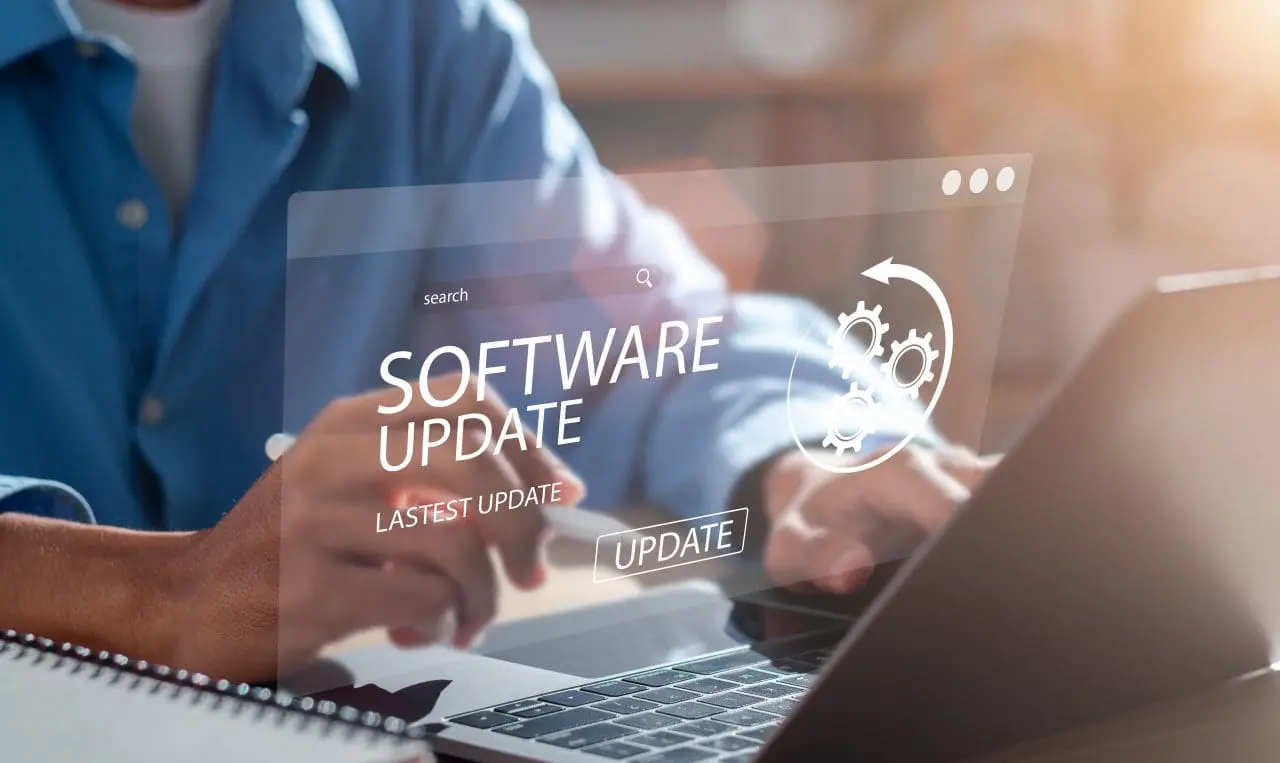

Zero-day attacks, also known as “zero-hour” or “zero-minute” attacks, are malicious cyberattacks that exploit undiscovered software vulnerabilities in order to gain access to sensitive data and systems. Unlike other types of cyberattacks, zero-day exploits have not been patched by security vendors—meaning they remain invisible to most antivirus and malware protection programs. This makes them especially difficult to detect and defend against. In the past decade, there has been a dramatic increase in the number of reported zero-day attacks, with many high profile examples making headlines around the world. Despite this alarming trend, many businesses remain unaware of the risks posed by zero-day attacks and lack adequate safeguards to protect them from this type of threat.
In order to understand the full scope of potential risk associated with zero-day attacks, it is important to consider both the immediate and long-term impacts. For example, if a business’s systems are compromised in a zero-day attack, there could be immediate financial losses due to data theft or disruption of operations. On a longer timeline, businesses may be subject to punitive fines or legal action for failing to properly secure their systems against cyber threats, not to mention reputational damage that can occur when sensitive information is exposed. It is important to understand that these risks are not limited to large enterprises; small businesses can also be vulnerable to zero-day attacks, especially if they lack proper security protocols and procedures in place.
Businesses of all sizes should be aware of the potential threats posed by zero-day vulnerabilities, as well as the steps they can take to protect themselves from attack. The most effective way to defend against zero-day exploits is through a combination of proactive security measures such as patching known software vulnerabilities as quickly as possible, running regular vulnerability scans to identify any newly discovered weaknesses, and implementing a robust intrusion detection system (IDS) to monitor network traffic for signs of malicious activity. Additionally, businesses should maintain frequent backups to minimize data loss in the event of a successful attack and ensure their employees are properly trained on cyber security best practices such as avoiding suspicious links or attachments in emails.
While proactive measures can help defend against many types of cyberattacks, it is also important to be prepared for unanticipated threats. One way to do this is by ensuring that your systems have a comprehensive disaster recovery plan in place, which will allow you to quickly respond if an attack occurs and limit the damage it causes. It is also beneficial to regularly test your disaster recovery plan and perform “fire drills” to ensure that all personnel are familiar with the procedures and can take action quickly in case of an emergency. Additionally, businesses should consider investing in additional security services such as managed IT or cloud-based solutions to provide further protection against potential threats.
Many businesses have implemented basic cyber security measures to protect their data and systems from known vulnerabilities, but it is also important to be prepared for unknown threats. To do this, organizations should invest in a comprehensive security strategy that includes strong encryption protocols for data storage and transmission, frequent patching of all software applications, and employee training on proper cybersecurity practices. Additionally, they should look into deploying tools such as honeypots—which act as decoy systems to detect and monitor suspicious network traffic—and intrusion prevention systems (IPS) that can automatically identify and block malicious activity.
The best way for businesses to protect themselves from zero-day attacks is by being proactive about their cybersecurity. This involves regularly monitoring vulnerabilities in all of your software applications, staying up to date on the latest cyber threats, and deploying a comprehensive security strategy that includes strong encryption protocols, employee training, and protective tools such as honeypots and IPSs. Additionally, businesses should consider enlisting the services of an experienced cybersecurity provider who can help them anticipate potential threats before they occur and provide additional protection should an attack take place. By taking these steps, businesses can ensure their systems are as secure as possible and minimize the risk of becoming a victim of a zero-day attack.
Many businesses are unaware of the danger posed by zero-day threats, and fail to take the necessary steps to protect themselves against them. It is important that companies stay up-to-date on new security vulnerabilities, as well as any potential exploits or malicious software that may be targeting their systems. Additionally, businesses should actively monitor their networks for signs of possible attack activities such as unusual traffic patterns or unexpected server connections. If suspicious activity is detected, organizations must act quickly to identify the source and mitigate any damage caused by an exploit.
To protect their systems from zero-day attacks, businesses must first recognize the risks posed by such threats and take steps to reduce them. This means educating employees on the latest security vulnerabilities and best practices for avoiding malicious software, as well as regularly monitoring networks for any suspicious activity or unauthorized access attempts. Additionally, organizations should consider investing in tools such as vulnerability scanners that can detect potential risks before they occur.
As technology continues to evolve, so do the tactics used by cybercriminals. It is essential for businesses to stay ahead of these threats and ensure their security measures are up-to-date. Companies should continuously monitor the latest developments in cyber security and adjust their strategies accordingly. Regularly updating hardware and software, as well as deploying new technologies such as artificial intelligence (AI) to detect malicious activity, can help protect businesses from emerging threats and minimize damage caused by zero-day attacks.
Ultimately, zero-day attacks are a serious threat that all companies need to be aware of and prepared for. By staying informed of new vulnerabilities, regularly monitoring networks for suspicious activity, and investing in protective tools such as IDSs, honeypots, IPSs, and AI solutions, businesses can ensure their systems remain secure against these types of malicious attacks. With the right measures in place, organizations can reduce the risk of becoming a victim of a zero-day attack and protect their data, systems, and customers from potential harm.

This website uses cookies to improve your experience. Choose what you're happy with.
Required for the site to function and can't be switched off.
Help us improve the website. Turn on if you agree.
Used for ads and personalisation. Turn on if you agree.
This website uses cookies to improve your experience. Choose what you're happy with.
Required for the site to function and can't be switched off.
Help us improve the website. Turn on if you agree.
Used for ads and personalisation. Turn on if you agree.